The Secret of Successful ASO – App Store Optimization
Contributors:
Amol Ghemud
Published: August 14, 2018
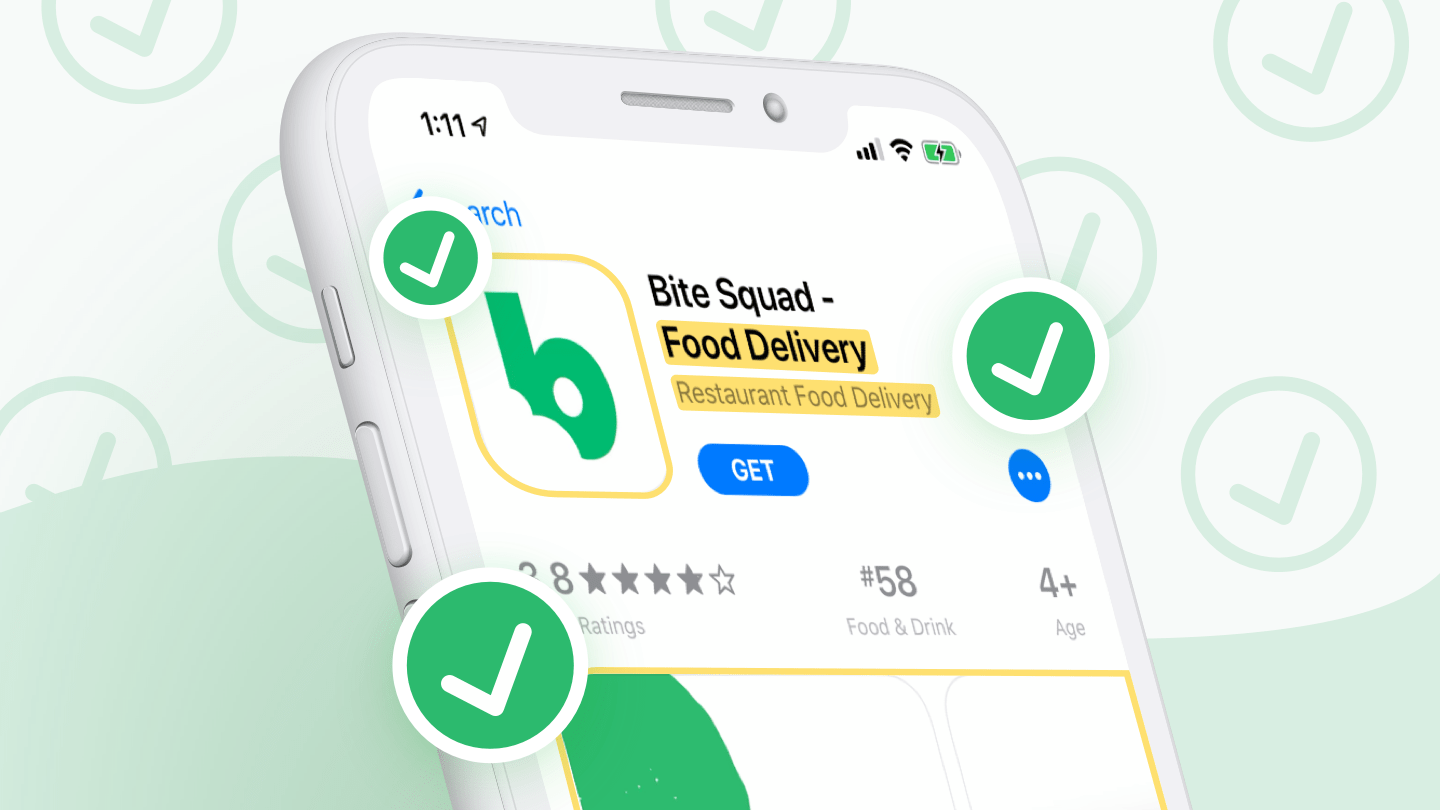
Introduction
In the fast-paced world of mobile apps, where millions of applications vie for attention, standing out has become a challenge. This is where ASO (App Store Optimization) emerges as the beacon guiding apps through the labyrinth of app stores. ASO isn’t just a buzzword; it’s the compass steering apps toward visibility, downloads, and triumph in an intensely competitive market.
Definition of ASO (App Store Optimization)
ASO, or App Store Optimization, embodies the art and science of ensuring a mobile app’s prominence within app stores like the Apple App Store or Google Play. It involves strategic modifications—keywords, visuals, descriptions, and ratings—to secure a higher ranking in search results. Essentially, ASO functions as the linchpin for an app’s discoverability and eventual success in the digital marketplace.
Importance of ASO for App Success
Imagine crafting an exceptional app with cutting-edge features and a seamless user experience. However, without effective ASO, it’s akin to an undiscovered treasure buried in the depths of the app store catacombs. ASO is the lifeline that propels an app from obscurity to prominence. It’s not merely about being visible; it’s about capturing the attention of the right audience, driving organic downloads, and fostering a loyal user base. In today’s expansive realm of mobile applications, ASO is the secret ingredient that converts potential into triumph, ensuring your app doesn’t fade into the digital abyss.
Understanding App Store Algorithms
Overview of App Store Ranking Algorithms
App store ranking algorithms serve as the gatekeepers determining an app’s visibility and success within the app ecosystem. While the exact intricacies of these algorithms are closely guarded secrets, they primarily function similarly to search engines. They analyze various components of an app to decide its placement in search results and charts.
These algorithms consider factors such as keyword relevance, user engagement metrics, download velocity, ratings, reviews, and retention rates. They constantly evolve, adapting to user behaviors and trends to ensure the most relevant and high-quality apps surface for users.
Key factors influencing App Visibility
- Keywords and Metadata: App store algorithms heavily weigh keywords present in an app’s metadata, including the app title, subtitle, keywords field (for iOS), and description. Strategic placement of relevant keywords significantly impacts an app’s discoverability.
- User Engagement Metrics: App downloads, session duration, frequency of use, and user retention rate play a crucial role. Apps that engage users effectively and retain them tend to rank higher.
- Ratings and Reviews: Positive reviews and high ratings signal to algorithms that users find the app valuable. They significantly influence an app’s visibility, as they are often displayed prominently and can sway potential users.
- App Updates and Responsiveness: Algorithms favor regularly updated apps, indicating active development and responsiveness to user feedback. This signals reliability and an ongoing commitment to improvement.
- App Performance: App stability, lack of crashes, and overall performance affect an app’s ranking. Poorly performing apps might face penalties in rankings.
Understanding these key factors allows app developers and marketers to optimize their apps for better visibility within app stores strategically. As algorithms evolve, staying updated on these components becomes crucial for maintaining and improving an app’s visibility and success.
Keyword Research and Optimization
Importance of relevant keywords
Relevant keywords are the cornerstone of a successful ASO. They bridge users to your app. Using the right keywords significantly impacts your app’s visibility in search results within app stores. Selecting keywords that align with your app’s purpose, features, and target audience enhances the likelihood of reaching users actively seeking what your app offers.
Tools for Effective Keyword Research
- App Store Optimization Platforms: Tools like Sensor Tower, App Annie, and MobileAction offer insights into keyword performance, search volume, and competitiveness. These platforms provide data-driven keyword suggestions and help track keyword rankings, aiding in effective optimization strategies.
- Google Keyword Planner and Similar Tools: While primarily for web SEO, tools like Google Keyword Planner can offer insights into search volumes for specific terms. They provide a broader perspective on keyword usage across various platforms, including app stores.
- Competitor Analysis: Studying competitor apps within your niche can reveal valuable keyword strategies. Analyzing their use of keywords, especially those ranking well, can provide ideas and inspiration for your own keyword optimization.
Strategic placement of keywords in app metadata
- App Title and Subtitle: The app title carries significant weight in ASO. It’s crucial to incorporate the most relevant and high-traffic keywords while ensuring the title remains concise and readable. For iOS apps, the subtitle provides additional space for keywords.
- Keywords Field (iOS) and Description (Android): In iOS, the keywords field is essential for including relevant keywords not present in the title or subtitle. For Android, the app description is vital. Keywords should be strategically woven into the description in a natural and informative manner, avoiding keyword stuffing.
- Visual Elements and Localization: Keywords can also be optimized in visual elements like app icons, screenshots, and videos. Additionally, considering localization and using region-specific keywords can enhance market visibility.
Strategically researching, selecting, and placing keywords throughout your app’s metadata ensures your app is more likely to surface in relevant searches, increasing the chances of attracting users who are actively looking for an app like yours.
Compelling App Title and Description
Crafting an Attention-grabbing App Title
The app title is the first thing users see, making it crucial for grabbing attention. It should be concise, memorable, and reflective of your app’s essence. Incorporating relevant keywords while ensuring readability and brand identity is essential. The title should convey the app’s unique selling proposition and resonate with the target audience.
Writing a Persuasive App Description
The app description serves as a sales pitch to potential users. It should highlight the app’s key features, benefits, and value proposition concisely and persuasively. Starting with a captivating opening paragraph is crucial, as many users might not read the entire description. Balancing informative content with readability is vital. Avoiding keyword stuffing and focusing on engaging and user-centric language is key.
Balancing Keywords and User Appeal
Achieving a balance between incorporating relevant keywords and maintaining user appeal is critical. Keywords should seamlessly integrate into the title and description to enhance discoverability without compromising readability and user engagement. Using natural language and conveying the app’s benefits to the user while strategically placing keywords helps strike this balance, ensuring the description is both appealing and optimized for search algorithms.
High-Quality App Icons and Screenshots
Importance of Visual Elements in ASO
Visual elements play a pivotal role in ASO by creating the first impression on potential users. They are the visual gateway to your app, influencing users’ initial perceptions and enticing them to explore further. Engaging visuals, such as icons and screenshots, enhance user interest, increase click-through rates, and positively impact conversion rates.
Designing an Appealing App Icon
An app icon serves as the face of your app. It should be visually appealing, recognizable, and reflective of the app’s core functionality or brand identity. Creating a simple yet distinctive icon that stands out among competitors is essential. Consistency in design, clarity, and relevance to the app’s purpose are crucial elements to consider while ensuring the icon looks appealing across various devices and screen sizes.
Showcasing Features through Screenshots
Screenshots provide a glimpse into the app’s features, functionality, and user interface. They should effectively showcase the app’s key functionalities, benefits, and user experience in a visually compelling manner. Utilizing high-resolution images, highlighting unique features, and arranging screenshots in a coherent and storytelling sequence can significantly impact user engagement and influence download decisions. Creating a visual narrative that communicates the app’s value proposition and user benefits helps in effectively showcasing its strengths.
App Localization for Global Reach
Adapting App Content for different regions
Localization involves more than just translating text; it’s about adapting your app’s content, including text, visuals, and functionalities, to suit the cultural preferences, language, and norms of specific target regions. This encompasses modifying currencies, date formats, imagery, and even feature sets to resonate with diverse audiences.
Language and Cultural Considerations
Understanding the nuances of language and culture is vital. Localization goes beyond mere translation, considering idiomatic expressions, colloquialisms, and cultural references. Tailoring content to align with cultural sensitivities, holidays, preferences, and local norms is crucial for fostering a connection with users in different regions.
- Tools for efficient App Localization
- Translation management systems such as Transifex, Phrase, or Crowdin facilitate translation management and team collaboration.
- Platforms like Google Play Console and Apple App Store Connect offer tools for handling app metadata and localized content.
- Professional localization services and native speakers ensure accurate and culturally relevant translations.
Efficient app localization involves a deep understanding of the target market’s language, culture, and preferences. By adapting content and features to resonate with diverse audiences, app developers can significantly enhance user engagement and expand their global reach.
Leveraging Social Media and Other Marketing Channels
Integrating ASO with broader marketing efforts
ASO shouldn’t exist in isolation. Integrating ASO with broader marketing strategies ensures a cohesive approach. Coordinating ASO efforts with other marketing initiatives, such as SEO, paid advertising, content marketing, and email campaigns, amplifies visibility and user acquisition.
Utilizing Social Media for App Promotion
Social media platforms offer vast opportunities for app promotion. Leveraging platforms like Facebook, Twitter, Instagram, and LinkedIn allows for targeted advertising, engaging content creation, and direct interaction with potential users. Sharing app updates, user testimonials, tutorials, and engaging content boosts app visibility and fosters a community around the app.
Cross-promotion and Partnerships
Collaborating with other app developers or brands for cross-promotion can expand reach and user base. Partnerships allow for mutual promotion, where each partner promotes the other’s app to their user base. This strategy taps into existing user networks, increasing app visibility and credibility.
Incorporating ASO into broader marketing strategies, utilizing social media’s promotional potential, and fostering partnerships enable a multifaceted approach to app promotion, enhancing visibility, engagement, and user acquisition.
Conclusion
ASO isn’t just about tweaking keywords or visuals; it’s the strategic orchestration of visibility, engagement, and user connection. By understanding app store algorithms, harnessing the power of keywords, crafting compelling visuals, and integrating with broader marketing efforts, apps can carve a path toward prominence in the crowded app marketplace. Embracing the secret of successful ASO isn’t just a task—it’s a journey, an ongoing process of adaptation, optimization, and innovation. As the app landscape evolves, so does the significance of ASO, the ultimate secret weapon for app triumph in the digital realm.
FAQs
1. Is it necessary to regularly update the app for ASO?
Yes, regular updates signal ongoing development, improve performance, and show responsiveness to user feedback, positively impacting ASO.
2. How can the app’s icon and screenshots affect ASO?
They create the first impression, influencing user interest and click-through rates, impacting app visibility and downloads.
3. What is the significance of the app’s title and description in ASO?
The title and description are key for keywords and user engagement. They convey the app’s essence, affecting search visibility and user decision-making.
4. How can localization contribute to ASO success?
Localization tailors the app to different regions, optimizing content for language, cultural norms, and preferences, expanding its appeal and user base.
5. What are the key strategies for promoting positive user engagement and retention in ASO?
Key strategies include regular updates, responsive customer support, personalized experiences, engaging content, and incentivizing reviews to enhance user satisfaction and retention.
About the Author
Optimizer in Chief
Amol has helped catalyse business growth with his strategic & data-driven methodologies. With a decade of experience in the field of marketing, he has donned multiple hats, from channel optimization, data analytics and creative brand positioning to growth engineering and sales.
 Inbound Growth
Inbound Growth Growth Hacking
Growth Hacking Search Engine Optimization
Search Engine Optimization Paid and Performance Marketing
Paid and Performance Marketing Social Media Marketing
Social Media Marketing AI-Driven Growth Strategy
AI-Driven Growth Strategy AI-Native Workflow Automation
AI-Native Workflow Automation Generative Engine Optimization
Generative Engine Optimization

 Case Study
Case Study Tools
Tools Growth Tools
Growth Tools Custom GPT's
Custom GPT's Guides
Guides










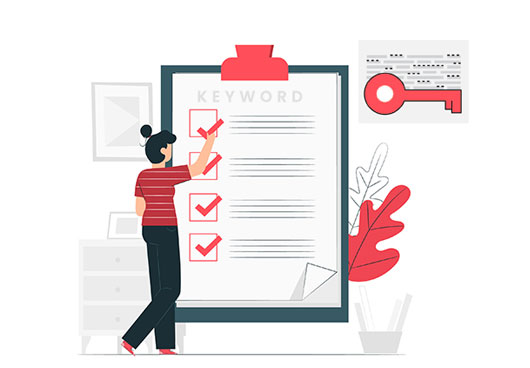


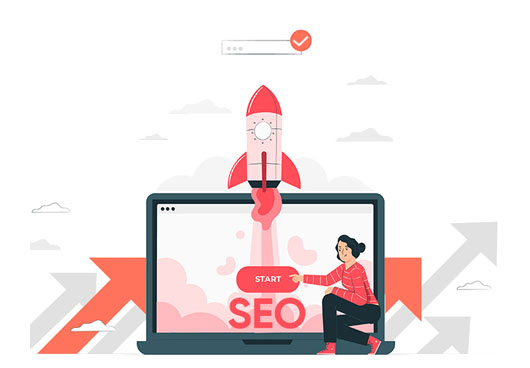
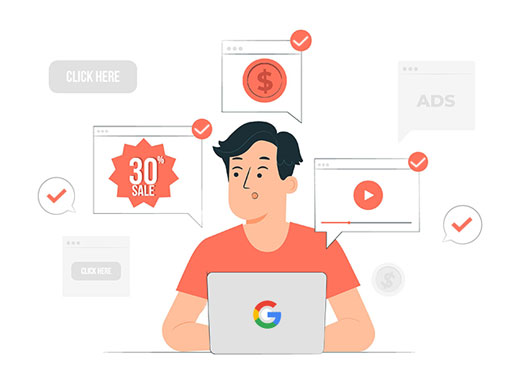




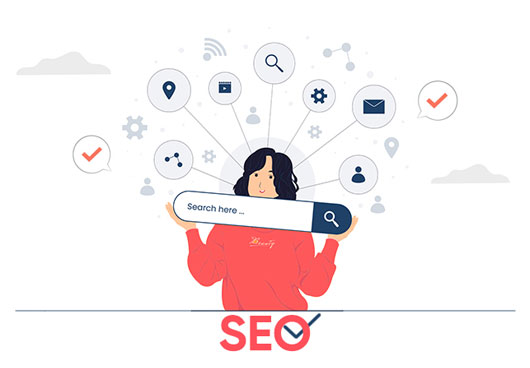


Leave a Reply